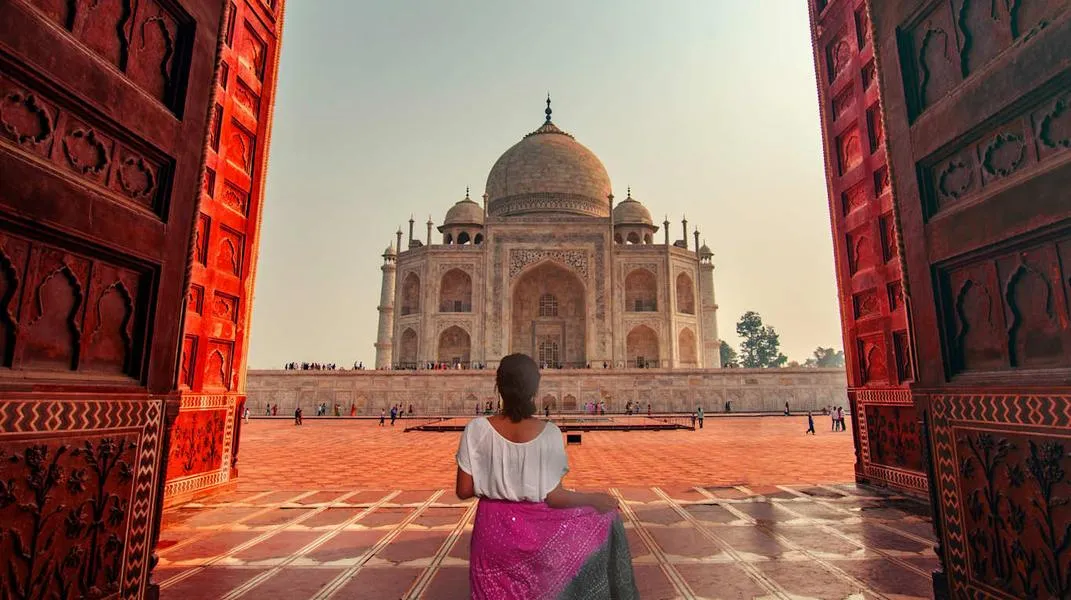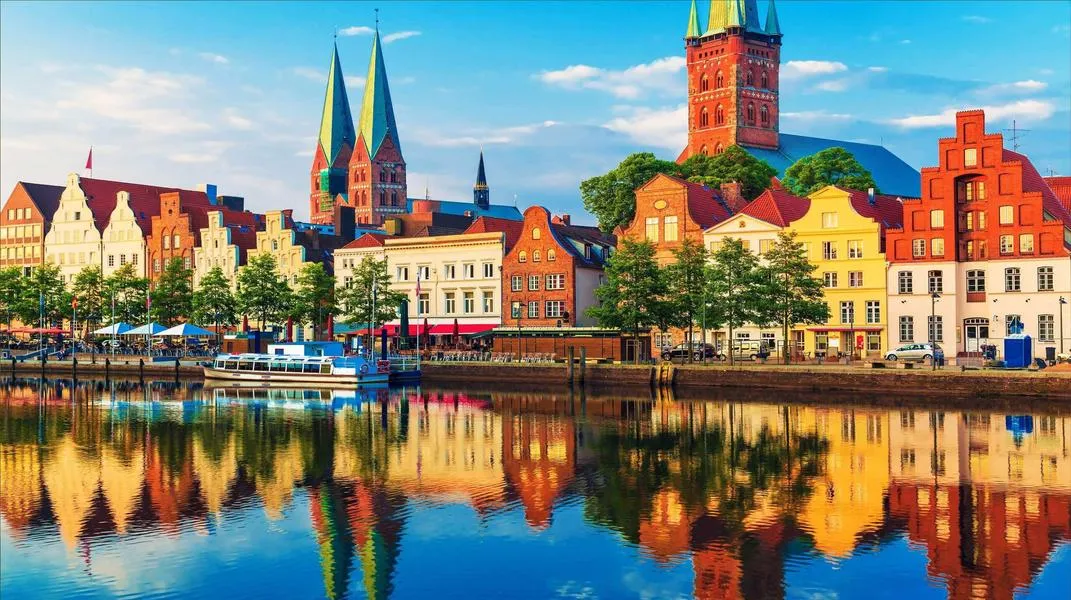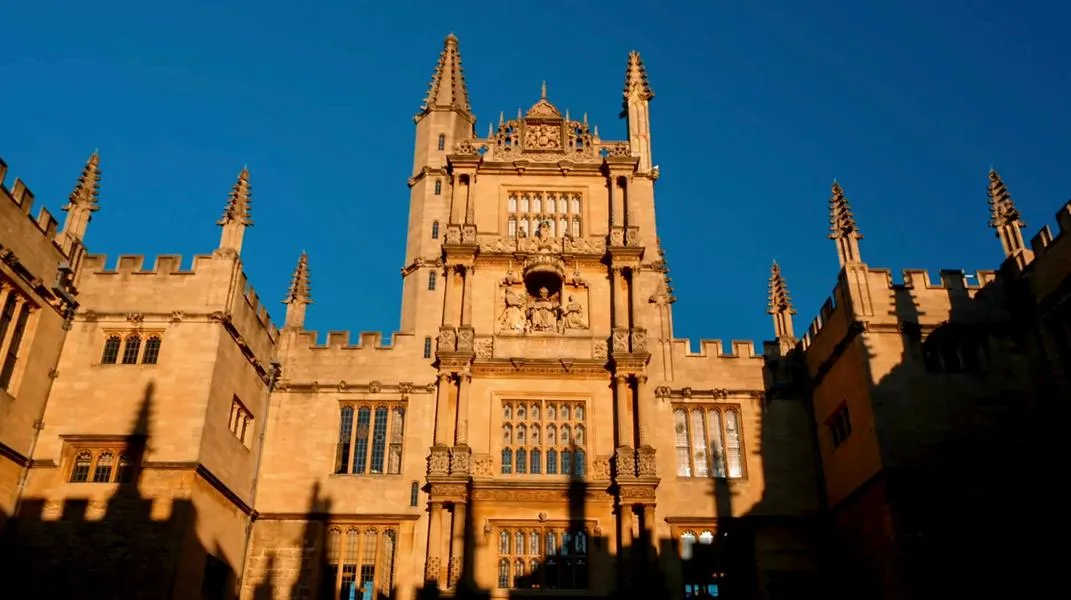Agra: A Timeless Journey Through History and Culture
Nestled in the heart of northern India, Agra is a city that evokes the splendor of the Mughal Empire through its iconic monuments, rich history, and vibrant culture. Known primarily for the magnificent Taj Mahal, Agra is a treasure trove of architectural brilliance, a place where history whispers through the ages. With an array of attractions beyond the Taj Mahal, visitors are treated to a diverse experience that reflects India’s historical and cultural heritage. This article will delve into the key attractions of Agra, provide practical information for a visit, and outline the materials you’ll need to prepare for an unforgettable journey.

The Crown Jewel: The Taj Mahal
Overview
The Taj Mahal, a UNESCO World Heritage Site, is undoubtedly the crown jewel of Agra and one of the most recognizable structures in the world. Commissioned by Mughal Emperor Shah Jahan in memory of his beloved wife, Mumtaz Mahal, the Taj Mahal is a mausoleum that symbolizes love and devotion. Built between 1632 and 1653, it is a stunning example of Mughal architecture, which blends Persian, Islamic, and Indian styles.
Architectural Marvel
Constructed primarily from white marble, the Taj Mahal gleams under the sun and changes hues with the shifting light throughout the day. The intricate inlay work, featuring semi-precious stones like lapis lazuli, jade, and crystal, tells stories of nature and spirituality. The complex includes beautiful gardens, reflecting pools, and various smaller buildings, all contributing to the serene atmosphere of the site.
Visiting the Taj Mahal
To fully appreciate this architectural wonder, visitors should aim to arrive early in the morning to witness the sunrise illuminating the monument. The site opens at dawn, and the ethereal beauty of the Taj Mahal at this time is an experience that should not be missed.
Other Attractions in Agra
Agra Fort
Just a few kilometers from the Taj Mahal lies Agra Fort, another UNESCO World Heritage Site. This imposing fortress was built by Emperor Akbar in 1565 and served as the main residence of the Mughal emperors until 1638. The fort's red sandstone walls, stretching 2.5 kilometers, enclose a series of palaces, gardens, and mosques.
Key Highlights
- Moti Masjid: A white marble mosque within the fort, known for its elegant design and peaceful ambiance.
- Jahangir Palace: An exquisite structure built for Akbar's son, Jahangir, showcasing Mughal architecture and intricate carvings.
- Diwan-i-Am and Diwan-i-Khas: The halls where emperors would meet with the public and the nobility, respectively, offering insight into Mughal governance.
Fatehpur Sikri
A short drive from Agra, Fatehpur Sikri is an abandoned city that served as the capital of the Mughal Empire for a brief period. Built by Akbar in the late 16th century, this UNESCO World Heritage Site is a remarkable example of Mughal architecture, blending Indian and Persian elements.
Key Highlights
- Buland Darwaza: The grand entrance gate, standing at 54 meters, is a stunning representation of Mughal architecture.
- Jama Masjid: One of the largest mosques in India, adorned with stunning calligraphy and intricate carvings.
- Panch Mahal: A five-story palace offering panoramic views of the surrounding area.
Tomb of Itimad-ud-Daulah
Often referred to as the "Baby Taj," the Tomb of Itimad-ud-Daulah is a beautiful marble mausoleum built for Mirza Ghiyas Beg, the grandfather of Mumtaz Mahal. This exquisite structure is noted for its intricate inlay work and is often considered a precursor to the Taj Mahal.
Mehtab Bagh
For those seeking a peaceful escape, Mehtab Bagh is a charming garden located directly across the Yamuna River from the Taj Mahal. The garden offers stunning views of the monument, particularly at sunset, making it an ideal spot for photography and relaxation.
Preparing for Your Visit to Agra
Best Time to Visit
The best time to visit Agra is during the cooler months, from October to March. The weather is pleasant, making it ideal for exploring the city and its attractions. The peak tourist season occurs between December and February, so plan accordingly.
Essential Materials to Prepare
To ensure a smooth and enjoyable trip to Agra, consider the following items:
- Travel Documents:
- Passport and visa (if required)
- Travel insurance documents
- Hotel reservation confirmations
- Clothing:
- Light, breathable clothing for warmer months
- Layers for cooler evenings, especially during winter
- Comfortable walking shoes for exploring the monuments and streets
- Personal Items:
- Sunscreen and sunglasses to protect against the sun
- A hat or scarf for additional sun protection
- A reusable water bottle to stay hydrated
- Photography Gear:
- A camera or smartphone with a good camera for capturing the stunning landscapes and architecture
- Extra batteries and memory cards, as you’ll likely take many photos
- Local Currency:
- Indian Rupees (INR) for small purchases, street food, and transportation
- A credit or debit card for larger transactions, but ensure that your card is accepted in India
- Guidebooks and Maps:
- A reliable guidebook to help navigate Agra’s attractions and history
- Download maps or use GPS on your smartphone for easy navigation
- Health and Safety:
- Basic first-aid kit, including any personal medications
- Hand sanitizer and face masks, especially in crowded areas
- Mobile Connectivity:
- Consider purchasing a local SIM card for internet access and navigation
- Download useful apps for translation, maps, and local transport
Transportation in Agra
Agra is well-connected by train, road, and air. The nearest airport is Agra Airport, with limited domestic flights, while the Agra Cantt railway station connects the city to major cities across India. For local transportation, auto-rickshaws, taxis, and ride-sharing services like Uber are widely available.
Local Cuisine
No visit to Agra is complete without indulging in its local cuisine. Be sure to try:
- Petha: A sweet made from ash gourd, famous in Agra.
- Mughlai Cuisine: Sample biryanis, kebabs, and other rich dishes influenced by Mughal culinary traditions.
- Street Food: Don’t miss out on local street food, such as chaat, samosas, and kachoris, available in various stalls around the city.
Conclusion
Agra is a city that resonates with history, art, and architectural grandeur. From the iconic Taj Mahal to the lesser-known gems like the Tomb of Itimad-ud-Daulah, each attraction tells a story of love, power, and cultural amalgamation. Preparing for your visit with the right materials and knowledge will enhance your experience, allowing you to immerse yourself fully in the charm and beauty of Agra. Whether you are a history enthusiast, a photography lover, or simply seeking to understand the essence of India, Agra promises an unforgettable journey through time.




